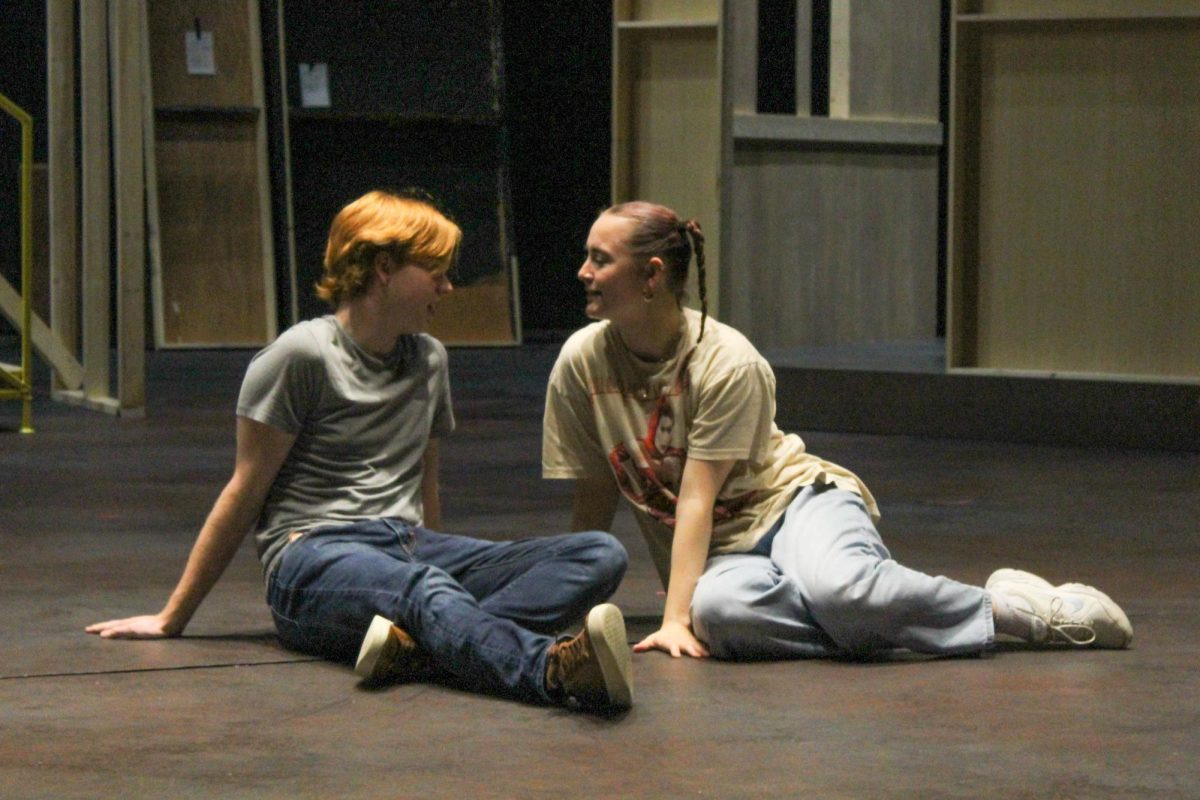Elizabeth Pulanco/ Winonan
With three Meade telescopes, Winona State University kicked off the start of stargazing for fall semester in their own observatory in September.
Open not only to Winona State students and staff, but also the public, the observatory is available for interested stargazers throughout the fall semester at 8 p.m. on Tuesdays and Thursdays.
Kate O’Grady, an instructor of an astronomy lab, said the observatory is a great way for students to see something most are not able to.
“It creates an opportunity for students to view the sky with high quality equipment, which is something that they don’t usually get,” she said. “It also gets people looking up at the sky and not down at their screens.”
The observatory, located at the top of Minné Hall, has been in existence since the building’s construction in 1971.
The observatory has three telescopes. The largest telescope, named “Stella,” is located in the main dome and is a Meade 12-inch telescope. The other two are eight-inch Meade telescopes.
On Thursday, Oct. 9, students taking an astronomy course were at the observatory working on an assignment. Although they were up there to do school work, they still enjoyed the experience.
MaKyla Culpitt, an astronomy lab student, was one of the observers for the night.
“It’s cool that a small town school would have and observatory of their own,” Culpitt said. “It is astonishing that they have these telescopes and technology.”
While the students were observing the sky and filling out their class packets, the three telescopes were free for anyone to use.
One of the smaller telescopes was focused in on the moon. The craters and divots of the moon were up close and clear, while the effect of a moon filter on the telescope gave the moon a yellow tint in order to dull the bright whiteness.
A star cluster of around 300,000 stars called Messier 13, within the constellation of Hercules, was also observed.
To make sure everyone gets the best star gazing opportunities, the observatory is only open during the fall semester.
The observatory gives students opportunities to form groups, such as the astronomy club. It also gives students with a desire to stargaze outside of the club to see the night sky.
The observatory has given people a chance to take in the sights that are right in front of them. Rather than just seeing a picture of the moon on their phone or in a book, people can see it up close and personal.


































































